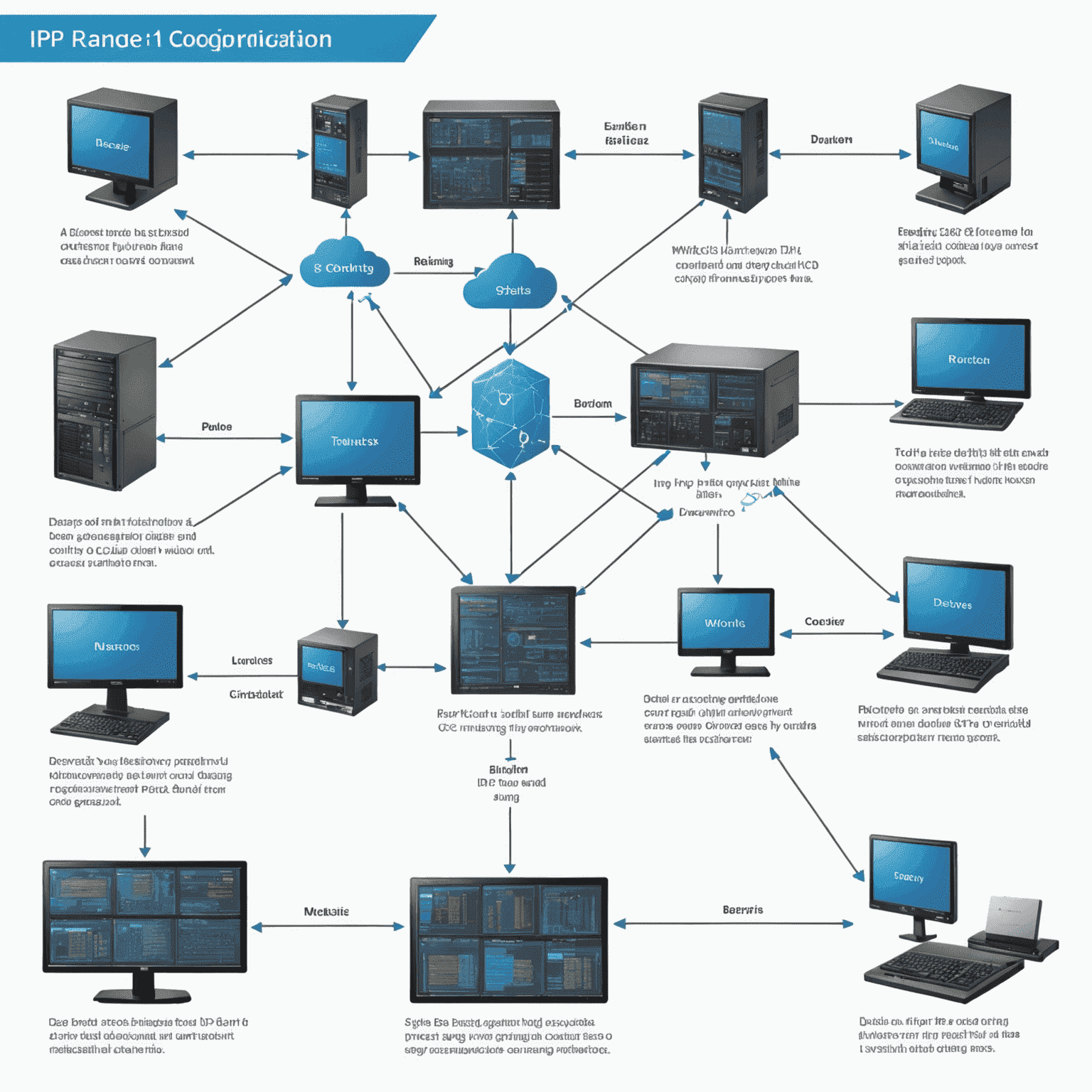IP Range Configuration
Configuring IP ranges is a crucial step in performing targeted network scans. By customizing your IP ranges, you ensure comprehensive coverage of your entire network infrastructure. This guide will walk you through the process of setting up and optimizing IP ranges for your scanning needs.
Understanding IP Ranges
An IP range defines a set of IP addresses that you want to scan. It can be a single IP, a range of IPs, or even an entire subnet. Properly configured IP ranges allow you to:
- Focus on specific network segments
- Exclude irrelevant or sensitive areas
- Optimize scan time and resource usage
Setting Up IP Ranges
To configure IP ranges in Simple IP Discovery, follow these steps:
- Open the Simple IP Discovery tool
- Navigate to the "Scan Settings" section
- Look for the "IP Range Configuration" option
- Click on "Add New Range" to begin
IP Range Formats
Simple IP Discovery supports various IP range formats to suit your needs:
- Single IP: e.g., 192.168.1.1
- IP Range: e.g., 192.168.1.1-192.168.1.254
- CIDR Notation: e.g., 192.168.1.0/24
- Wildcard: e.g., 192.168.1.*
Best Practices for IP Range Configuration
- Start Small: Begin with a limited range to test and adjust your scan settings.
- Use Subnets: Organize your scans by subnet for better management and analysis.
- Exclude Sensitive Areas: Avoid scanning critical infrastructure or sensitive network segments.
- Regular Updates: Keep your IP ranges up-to-date as your network evolves.
- Document Your Ranges: Maintain a record of your configured IP ranges for future reference.
Advanced IP Range Techniques
For more complex network environments, consider these advanced techniques:
- Multiple Ranges: Configure several non-contiguous IP ranges for comprehensive scans.
- Scheduled Scans: Set up recurring scans for different IP ranges at various times.
- Dynamic Range Selection: Use scripts or APIs to dynamically update IP ranges based on network changes.

Optimizing Scan Performance
Properly configured IP ranges not only ensure thorough coverage but also optimize scan performance:
- Reduce scan time by focusing on relevant IP ranges
- Minimize network load by avoiding unnecessary scans
- Improve accuracy by tailoring ranges to your network topology
By mastering IP range configuration, you'll be able to conduct more efficient and effective network scans, ensuring that no device goes undetected in your IT infrastructure. Remember to regularly review and update your IP ranges to maintain optimal network visibility and security.